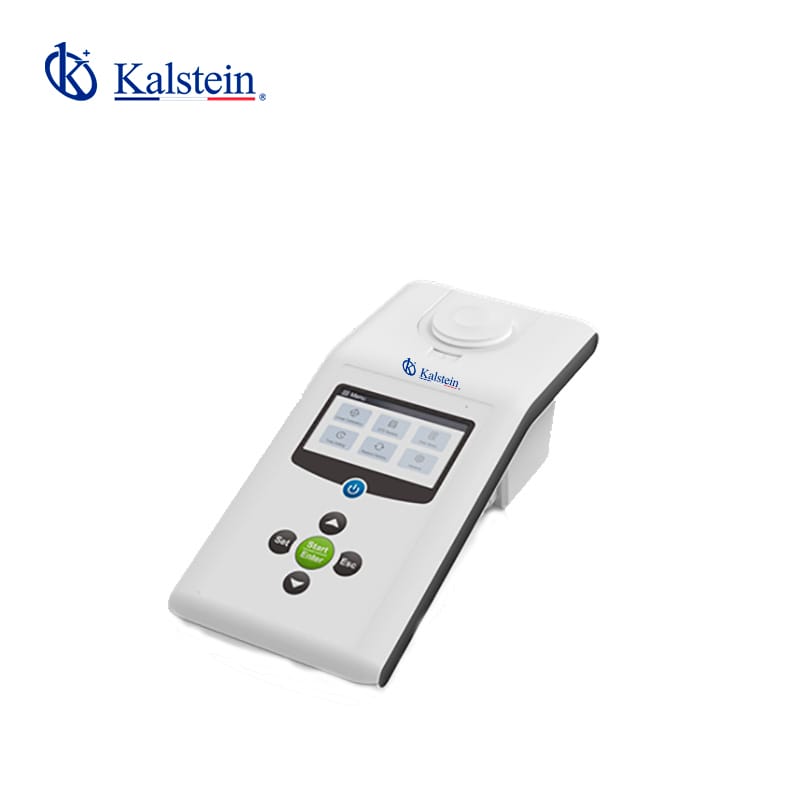Turbidity measurement is critical in various scientific and industrial fields, especially in laboratories analyzing water quality, food, and pharmaceutical products.
Turbidity meters have witnessed significant advancements, aligning with modern technological trends to offer more accurate and efficient results. In this article, we explore the latest trends in laboratory turbidity meters and how these devices are adapting to industry changes.
Innovations in Laboratory Equipment: The Future of Turbidity
In recent years, laboratory equipment has seen a wave of innovations that have transformed the way measurements are conducted. Turbidity meters are no exception. One of the most notable innovations is the integration of advanced sensor technology that provides greater precision and reliability in measurements. These sensors can detect extremely low levels of turbidity, which is crucial for applications in the pharmaceutical industry and water quality analysis.
Moreover, automation and connectivity have become predominant trends. Modern turbidity meters now come equipped with wireless connectivity capabilities, allowing laboratories to integrate them into real-time data management systems. This integration not only enhances operational efficiency but also reduces human errors by automating the data collection and analysis process.
Developments in Medical Devices: Precision in Diagnostics
Medical devices are advancing rapidly, and turbidity meters are playing a crucial role in this progress. In the context of medical diagnostics, accuracy is paramount. Modern turbidity meters are designed to offer highly precise measurements, which are essential for reliable diagnostics. This is due to the use of automatic calibration technologies and real-time adjustments that ensure results are always accurate.
Another significant trend is the miniaturization of devices. Portable turbidity meters are gaining popularity in laboratories due to their convenience and ease of use. These compact devices allow healthcare professionals to perform measurements on-site, which is particularly useful in emergency situations or clinical environments with space constraints.
Sustainability and Energy Efficiency: An Emerging Priority
Sustainability has become a key priority in laboratory equipment design. Turbidity meters are being developed with a focus on energy efficiency and reducing environmental impact. Many manufacturers are using recyclable materials and low-energy consumption technologies to create more eco-friendly devices.
Furthermore, extended component lifespan and ease of maintenance are continuously improving. Next-generation turbidity meters are designed to require fewer calibrations and maintenance, reducing the need for frequent replacements and decreasing resource waste. This not only benefits the environment but also results in lower operational costs for laboratories.
Integration with Data Management Systems: The Digital Age
In the digital age, the ability to integrate laboratory devices with data management systems is essential. Modern turbidity meters are equipped with interfaces that allow easy connection to Laboratory Information Management Systems (LIMS). This integration facilitates data tracking and management, improving the accuracy and efficiency of reporting.
Digitalization also enables remote access and real-time monitoring. Professionals can monitor turbidity measurements from remote locations, which is especially useful in industrial applications requiring continuous monitoring. This remote access capability also enables quick responses to any deviations in turbidity levels, ensuring product quality and safety.
Adaptability and Customization: Meeting Specific Needs
The ability to adapt and customize turbidity meters to meet specific laboratory needs is a growing trend. Manufacturers are offering customizable options that allow users to adjust devices to meet the particular requirements of different applications. This includes selecting different measurement modes, sensitivity ranges, and calibration options.
Additionally, some turbidity meters now come with advanced software that allows users to configure specific parameters and customize data reports. This flexibility is essential for laboratories handling a variety of samples and test conditions, ensuring that each measurement is as precise and relevant as possible to the specific context.
Education and Training: Preparing the Next Generation
With rapid technological advancements in turbidity meters, education and training have become more important than ever. Laboratories are investing in training programs to ensure their staff are up to date with the latest trends and technologies. This includes training courses on using new devices, as well as interpreting data and integrating management systems.
Furthermore, educational institutions are incorporating more content on turbidity measurement technologies into their science and laboratory technology curricula. Preparing the next generation of scientists and technicians with the knowledge and skills necessary to use these advanced technologies is crucial for continued progress in this field.
In conclusion, laboratory turbidity meters are evolving rapidly to align with modern technological trends. From precision in diagnostics and energy efficiency to digital integration and customization, these devices are at the forefront of innovation in laboratory equipment. By staying abreast of these developments, laboratories can ensure they deliver high-quality results and remain competitive in a constantly changing scientific and medical environment.
We understand that you need equipment that delivers maximum value to your laboratory. We invite you to visit https://kalstein.de/category-product/laboratory-line/turbidity-meter/, to immerse yourself in our universe of cutting-edge technology equipment. Our prices are competitive and accessible, we combine the convenience of online shopping with the guarantee of an exceptional product. Because you deserve the best, we create and offer top-tier laboratory equipment. Make your choice today, where science comes to life. https://kalstein.de/

